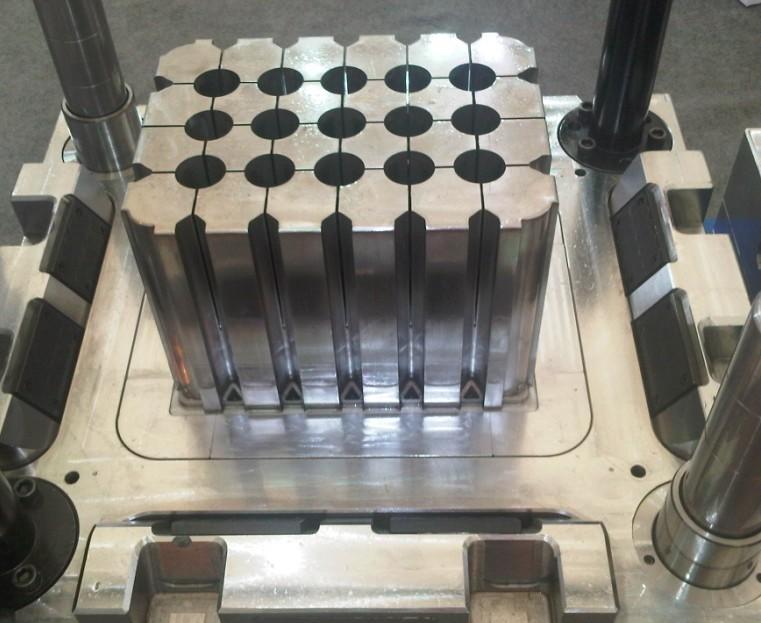In the vast realm of plastic manufacturing, two important components play a pivotal role in shaping everyday items we often take for granted – plastic crate moulds and plastic cap moulds. This article takes a deep dive into the intricate world of these molds, unraveling their features, applications, and the transformative impact they have on the production of plastic crates and caps.
1. Unveiling the World of Plastic Crate Moulds
The Foundation of Storage: Plastic Crates
Plastic crates have become importantin various industries for their durability, versatility, and efficiency in storage and transportation. From agricultural produce to industrial goods, plastic crates offer a reliable solution for the safe and organized movement of diverse products.
The Craftsmanship Behind the Crate: Plastic Crate Moulds
At the heart of plastic crate production lies the plastic crate mould – a precision-engineered tool that shapes raw plastic material into the familiar, stackable crates we encounter daily. These molds are crafted with precision, incorporating advanced technologies to ensure consistency and quality in the manufacturing process.
2. Features of Plastic Crate Moulds
Design Precision: Plastic crate molds are engineered with intricate precision to create uniform and structurally sound crates. The design intricacies of the mold directly impact the final product's strength, durability, and stackability.
Material Compatibility: These molds are crafted to accommodate various types of plastic materials, allowing manufacturers the flexibility to choose materials that align with the intended use of the crates. Common materials include polyethylene, polypropylene, and other high-strength plastics.
Stackability and Interlocking Features: A key feature of plastic crate molds is their ability to create crates with interlocking features, facilitating secure stacking during storage and transportation. This design consideration optimizes space utilization and ensures stability.
Durability: Plastic crate molds are constructed with durable materials to withstand the demands of high-volume production. The durability of the mold directly impacts the longevity of the manufacturing process.

